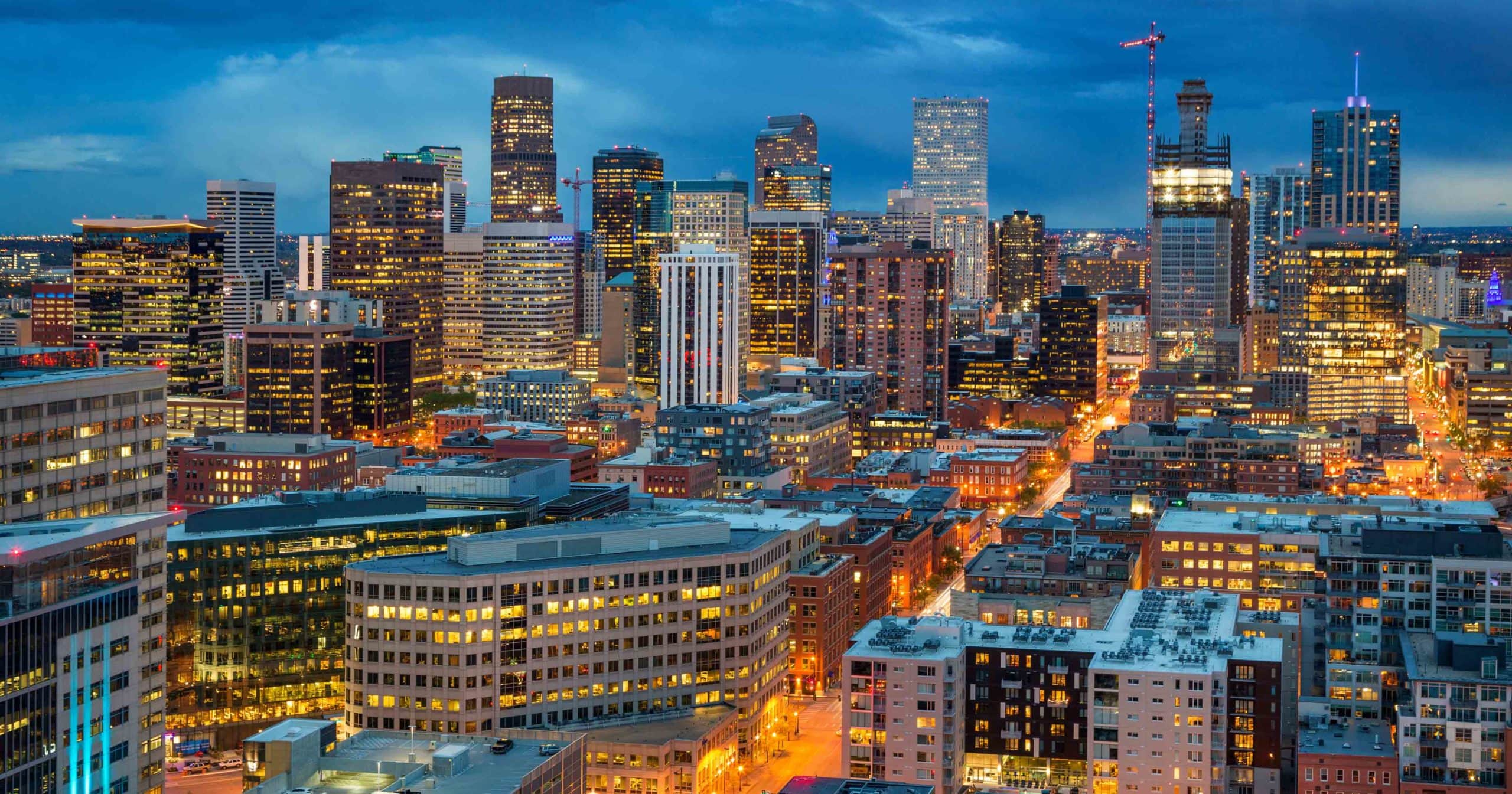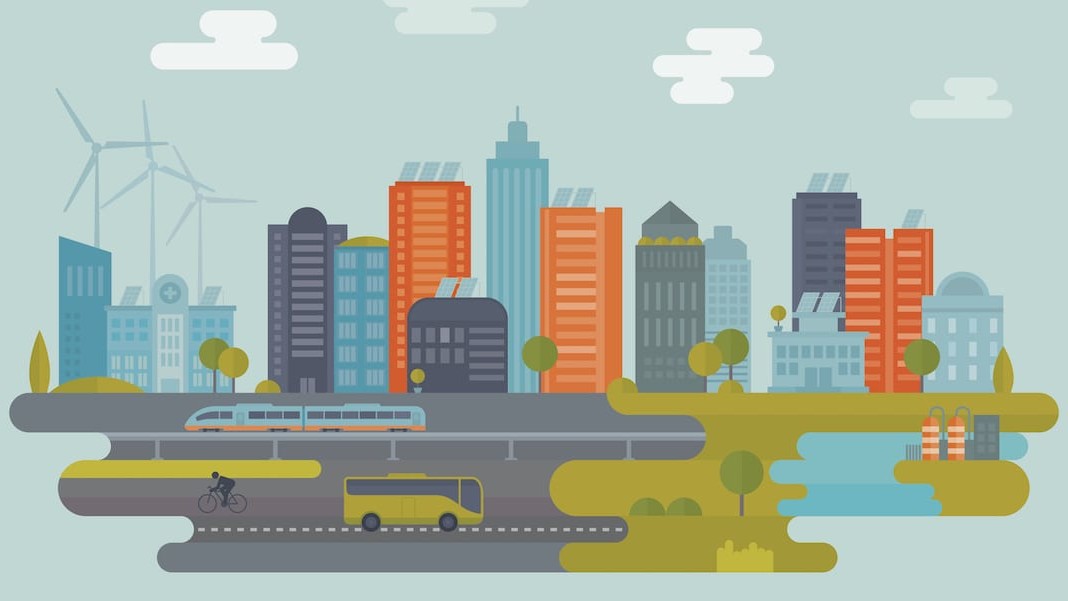What sparks the comeback in a city where the economy has crashed?
While there are, of course, a multitude of factors that go into both an economy’s fall and rise, it is economic development, in the broadest sense, that brings cities back from the brink.
But we don’t expect you to simply take our word for it. Here are five cities whose comebacks prove that economic development is the key to revitalizing urban centers:
Pittsburgh
Once a city where most people began working immediately after high school and bought a house before the age of 30, the Steel City’s unemployment rate rose to over 17% in the early ‘80s. The city shed hundreds of thousands of jobs, as well as residents.
The economic rock bottom of Pittsburgh opened the door for innovation and new talent to flood the city. By the late ‘80s Pittsburgh’s mayor, Richard Caliguiri, envisioned a reinvented “city of transplants, a city of High Technology, a city of Robotics, of computer programming.”
Industrial-age buildings were cheap, and campaigns to clean up the city’s famous rivers and install a system of trails and recreation areas garnered support. Today, Caliguiri’s vision has come true. From 2010 to 2015, worker productivity went up 13%, annual wages increased 9% and the overall standard of living rose by 13%. In 2016, per capita university research and development spending doubled the national average.
By investing in campaigns around quality of life, affordable real estate and supporting innovation, Pittsburgh’s economic development blossomed and is now thriving.
Detroit
Declaring bankruptcy only a handful of years ago, Detroit’s motto is apt for a city on the comeback: “We hope for better things; it shall arise from the ashes.”
Following a steady post-industrial decline in the Motor City, rock bottom is still fairly fresh. But Detroit is already on a major comeback thanks to unified development across industries. The number of homes purchased with mortgages rose by 45% from 2014 to 2016, and cheap real estate has garnered attention from all sorts of entrepreneurs and investors.
Quicken Loans notably moved their headquarters to Detroit during the height of its decline, and has now invested in rehabilitating many of the city’s downtown commercial buildings. Dan Gilbert, founder of Quicken Loans, and his partners invested nearly a billion dollars in downtown Detroit in just the last few weeks. Gilbert understands the value of developing the city’s economy as a whole, not just taking advantage of cheap floor space for his company.
Denver
Another victim of the 1980s recession, it’s easy to forget how Denver’s economy crashed alongside oil prices. With the economy centered around oil and gas, Denver’s population shrunk 5% when oil prices crashed by over 73%. By the late ‘80s one bank in town revealed its profits had fallen by 97%.
In a story familiar to other comeback cities, Denver leaders came together to envision “a diverse, all-purpose city, with all the virtues and vices of urban America.” No more would Denver focus its economic development in one or two industries — it would become a place for diverse and innovative ideas, harkening to its pioneer roots.
And it worked. Abandoned warehouses have been turned into the city’s most-desirable neighborhood in RiNo (short for River North), and Denver has had one of the hottest real estate markets in the country the last few years, at times outpacing San Francisco.
New Haven
The New Haven region was hit harder than most during the Great Recession, and Fortune 500 companies that had made the state a popular migration point for workers began leaving. Yet New Haven is now thriving.
New Haven is currently a tech hub of innovation and host to a flourishing startup scene, recently being named the best city in the country to launch a startup. Once only known as a sleepy college town, New Haven is probably still most famous as the home of Yale University. And Yale is a major reason why New Haven has blossomed into a buzzing economic force.
Yale is keenly aware of the benefits of developing New Haven’s economy. With a wildly successful investment fund, valued at over $20 billion, Yale spurred New Haven’s startup growth. Rather than leaving for nearby New York City or Boston, students can now find attractive jobs in town immediately after graduation. In turn, bars, restaurants and local shops have sprouted up in a downtown that used to shut down before any college student’s reasonable bedtime.
Add to that local investment in waterside recreation and much more affordable housing than down the road in New York, and it’s easy to see why New Haven is thriving.
Suggested Reading:
Washington, D.C.
The nation’s capital once had to tell its residents to boil their own water as a fiscal crisis gripped the city in the 1990s.
At odds with most of the country in the early to mid-90s, D.C.’s economy was sluggish at best, and residents had been flocking to the suburbs since the late ‘50s. By 1995 D.C.’s downtown had 70 surface parking lots and 50 vacant or boarded-up buildings. Today, Washington D.C. boasts the fifth-best economy in the United States, a bustling dining scene featuring celebrity chefs and wages in 2015 were the best in the country.
Like cities before it, D.C.’s vacant buildings became cheap office space for innovative tech companies, and while the economy in D.C. always ebbs and flows with sessions of congress, investment in diverse industries has helped to revitalize the central city in a sustainable way. 35% of the city’s population is made up of millennials, a sure sign that economic development is working as D.C. attracts new, young residents.
Don’t call it a comeback
Actually, do call it a comeback — they’ve earned it.
These cities prove that investing in economic development can not only spark a turnaround, but set you up for long-term success. The blueprints they’ve laid out will be critical guides as the digital age continues to transform economies around the world.


